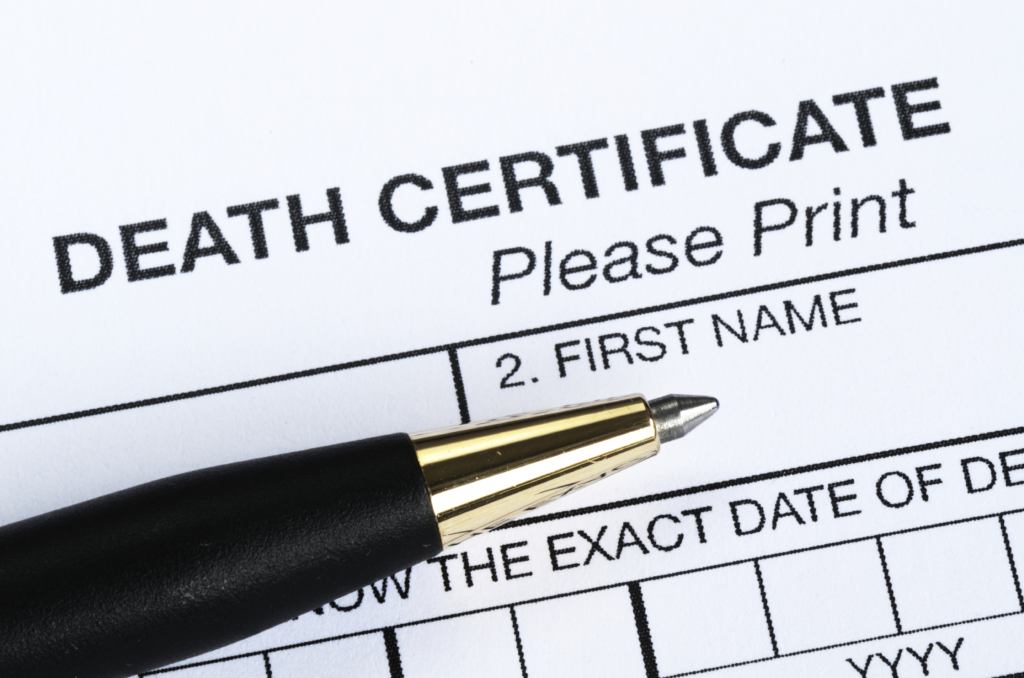The demand for documents that cross linguistic and legal boundaries has surged in an increasingly interconnected world. Whether for immigration, academic pursuits, or international business, the need for translations that carry legal weight is undeniable.
Yet, not all translations are created equal. Enter notarized translation: a process that merges linguistic accuracy with legal certification to ensure that authorities worldwide recognize certain documents, such as a birth certificate.
You’ll understand today how notarized translations safeguard authenticity, why they’re indispensable in legal contexts, and how our team at Mobile Notary simplifies compliance for clients across the Sunshine State.
What is a notarized translation?

A notarized translation is a translated document that has been certified and authenticated by a public notary. Unlike a standard translation, which simply converts text from one language to another, a notarized translation adds an extra layer of security.
Here’s how it works…
A professional translator completes the translation, then appears before a notary public to sign an affidavit affirming the accuracy of their work. The notary verifies the translator’s identity, confirms they’re signing voluntarily, and stamps the document with an official seal. This process doesn’t validate the translation’s content (that responsibility lies with the translator) but certifies that the translator’s signature is legitimate and binding.
Notarized translations are often required for legal, governmental, or institutional purposes. For example, U.S. immigration authorities may demand notarized translations of foreign birth certificates, while universities might require them for international transcripts. The notary’s role here is critical: it transforms a routine translation into a document that meets stringent regulatory standards.
Read also: How much does an apostille cost?
The importance of notarized translations
Why go through the trouble of notarizing a translation? The answer lies in trust. Institutions receiving translated documents need assurance that the translation is both accurate and legally binding. A notarized translation provides this by:
- Confirming authenticity: The notary’s seal verifies the translator’s identity, reducing fraud risk.
- Ensuring accountability: The affidavit holds the translator legally responsible for any errors.
- Meeting regulatory standards: Many jurisdictions, including Florida, mandate notarization for foreign documents to be admissible.
Consider a scenario where a family in Orlando submits a marriage certificate from abroad to apply for a green card. Without a notarized translation, U.S. Citizenship and Immigration Services (USCIS) could reject the document, delaying the process.
Similarly, a business expanding into Latin America might need notarized translations of contracts to comply with local laws. In these cases, the notarized translation becomes a bridge between languages and legal systems.

When do you need a notarized translation?
While requirements vary, notarized translations are typically mandated for documents submitted to governmental or legal entities. Common examples include:
- Immigration applications: Birth certificates, marriage licenses, police records;
- Academic admissions: Transcripts, diplomas, recommendation letters;
- Legal proceedings: Contracts, affidavits, court rulings;
- Business transactions: Articles of incorporation, financial statements, patents.
The process: from translation to notarization
Obtaining a notarized translation is a meticulous process designed to ensure both linguistic precision and legal validity. While the steps may seem straightforward, each phase requires careful attention to detail to meet the rigorous standards demanded by institutions, governments, and courts.
Below, we break down the journey of a document from its original language to a fully certified, notarized translation, emphasizing the role of expertise and compliance at every stage.
1. Accurate translation: the foundation of trust
The first and most critical step is the translation itself. A professional translator undertakes the task of converting the document while preserving its original meaning, formatting, and context.
This individual must possess not only linguistic proficiency but also familiarity with the subject matter. Legal documents, medical records, academic transcripts, and technical contracts each have specialized terminology, and even minor errors can render a translation invalid or misleading.
For instance, translating a Spanish birth certificate into English for U.S. immigration purposes requires knowledge of legal terms like “acta de nacimiento” (birth certificate) and cultural nuances, such as regional naming conventions.
2. Affidavit preparation: binding accuracy to legal responsibility
Once the translation is complete, the translator must draft a Statement of Accuracy (often called a Translator’s Affidavit). This sworn statement attests that the translation is a true and complete representation of the original document. The affidavit typically includes:
- The translator’s full name, contact information, and qualifications.
- A declaration that they are fluent in both languages and competent to translate the document.
- A confirmation that the translation is accurate to the best of their knowledge.
- Acknowledgment that false statements may result in legal penalties.
This affidavit serves as the translator’s legal pledge of accountability. Without it, the notarized translation lacks the formal recognition required by authorities.
3. Notarization: the seal of authenticity
The final step is notarization. Here, the translator appears in person before a commissioned notary public to sign the affidavit. The notary’s role is twofold:
- Identity verification: The notary confirms the translator’s identity using government-issued photo identification, such as a driver’s license or passport. This step prevents impersonation and ensures the translator is who they claim to be.
- Voluntary consent: The notary ensures the translator is signing the affidavit willingly, without coercion or undue influence.
Once satisfied, the notary applies their official seal or stamp to the affidavit, along with their signature and commission details (e.g., expiration date, state of registration). This seal transforms the affidavit, and by extension, the translation, into a legally binding document. However, it’s crucial to note that the notary does not verify the translation’s accuracy; their certification solely validates the translator’s identity and the authenticity of their signature.

Why this process matters
A single oversight in any of these steps can lead to delays, rejections, or even legal consequences. For example, a missing notarial seal on a translated divorce decree could stall an Orlando resident’s international remarriage plans. Similarly, a translator’s failure to disclose a conflict of interest might invalidate a business contract’s notarized translation, jeopardizing a merger.
How we can help you through the entire process
A notarized translation is more than a linguistic exercise: it’s a legal safeguard. By certifying the translator’s credibility, it transforms foreign documents into tools for opportunity: a student’s admission to a dream university, a family’s reunion under a new immigration status, or a business’s expansion into global markets!
At Mobile Notary Orlando, we recognize the weight of these moments. Our notaries combine technical expertise with a commitment to service, ensuring every client’s documents are handled with care. Whether you’re preparing for an international move, a legal case, or a corporate venture, our team is here to certify your journey.
If you’re in Orlando or anywhere in Florida and require a notarized translation, contact Mobile Notary Orlando today. Let us handle the details, so you can focus on what matters most.






